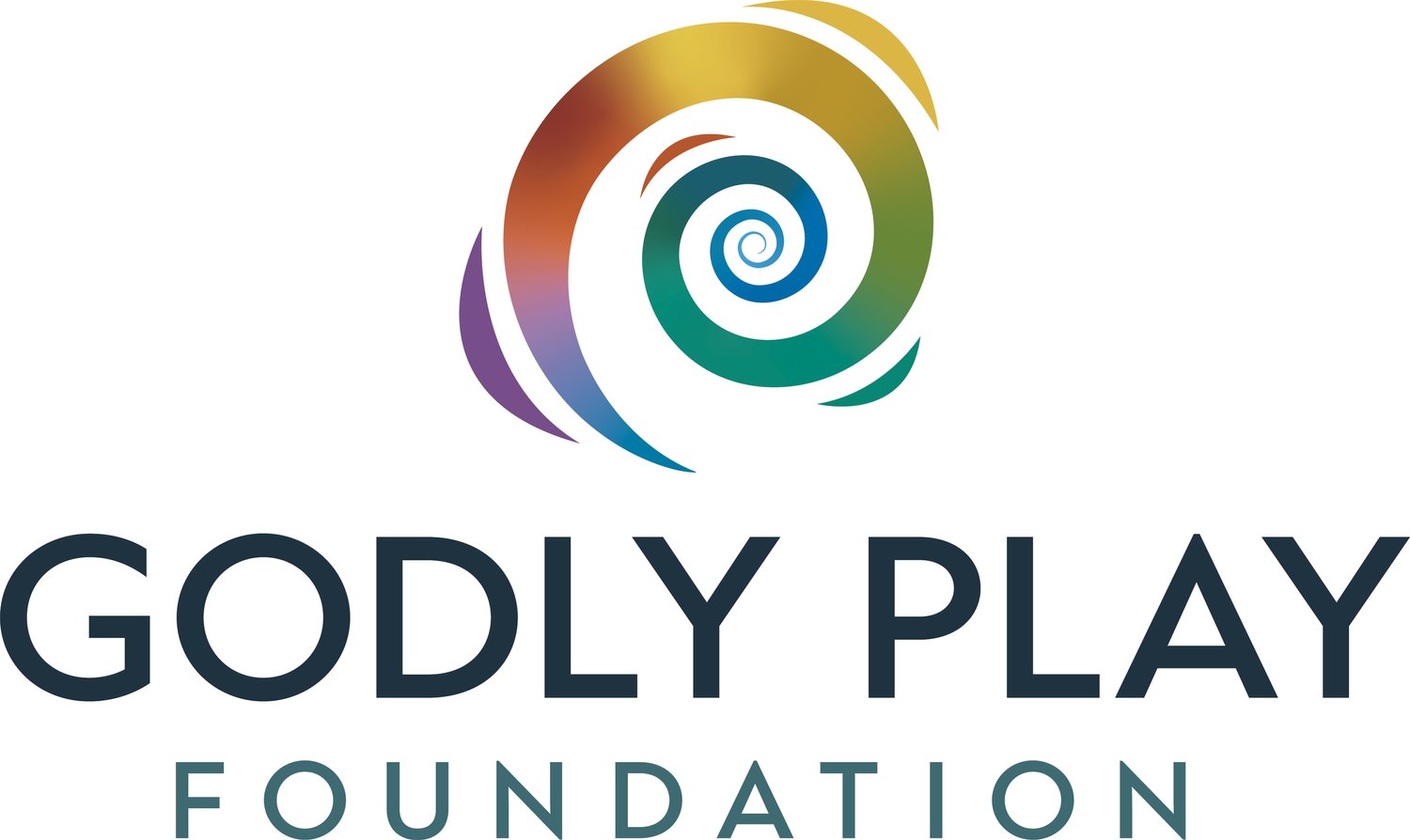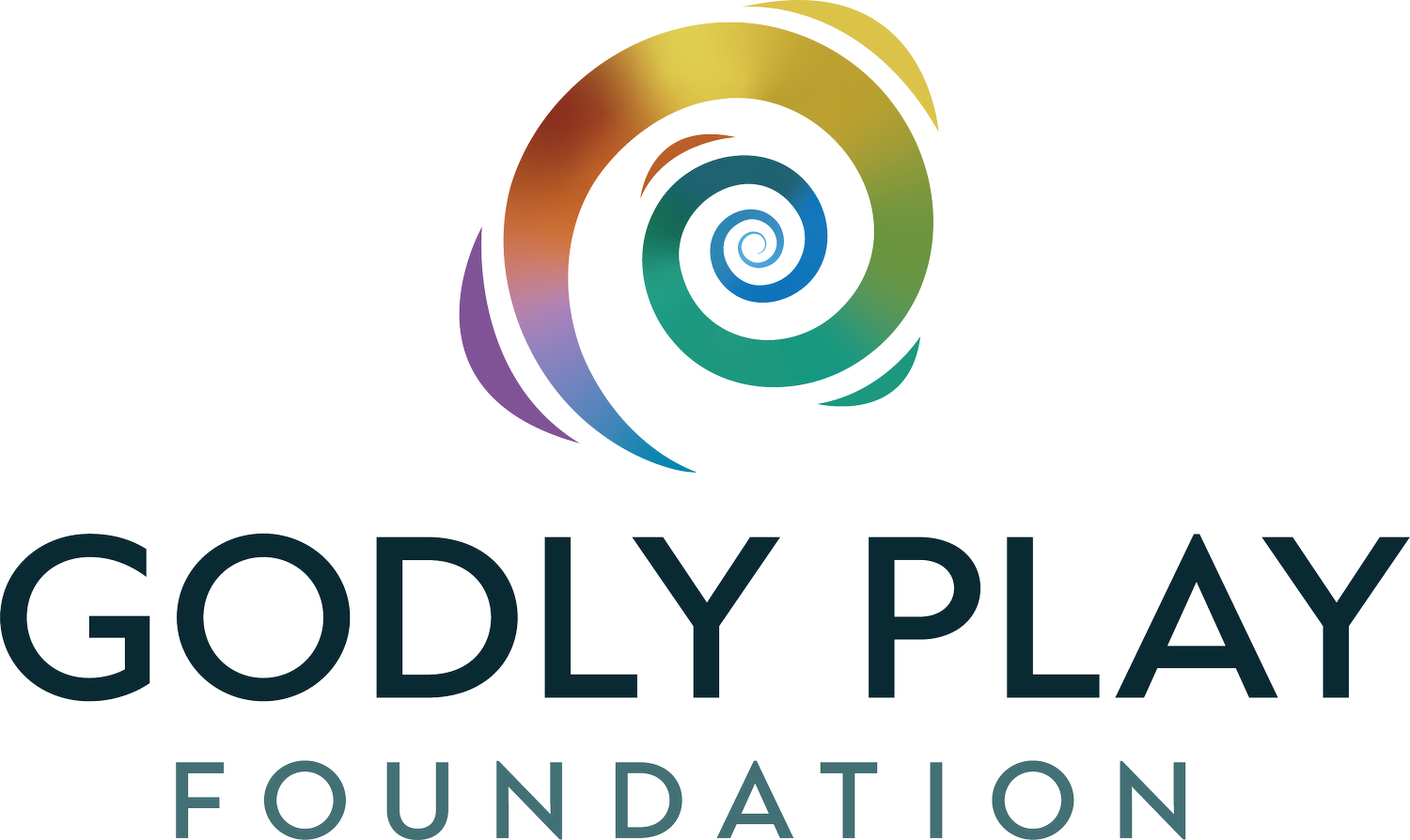Advent IV: Wondering and Waiting with Mary, Mother of God
By Laura Lapins Willis
Creating an icon is a process of surrender. As the artist, you are not making something new or unique. In fact, it is not your image to alter. You are “writing” (or copying) an image that was created hundreds of years ago, an image that has been painted over and over again.
In Icon Writing, the base colors are applied in layers- dark to light, in pooling circular brush strokes.
This image – Mary, Mother of God – is also known as the Theotokos. It is considered one of the earliest icons of the Christian Church. Legend has it that the icon was painted first by St. Luke the Evangelist who saw the Virgin Mary in real life. Whatever the history, I know that the icon speaks to me of Advent and of the invitation to draw nearer to God.
Writing an icon is a silent, yet open-eyed, form of prayer. Each brushstroke becomes a meditation. During the many hours I painted on the small board, I gazed at Mary, looking to her eyes to see if I was capturing the right look. Mary gazed at me in return, offering encouragement and wisdom. Through it all, I wondered….
I was trained as a storyteller in the early 2000s by Kathleen Crevasse who came to our parish to introduce us to Godly Play. Teaching “Sunday School” was not something I was interested in, but as I learned how Godly Play gave children the gift of being contemplative and reflective, I was hooked. The circle of young faces on Sunday mornings became another opportunity for me to quiet myself and join with God and with the children in an intimate spiritual conversation. The beautiful wondering questions became part of my language. And while I no longer tell Godly Play stories, I ask the same wondering questions every day.
Each time I approached the icon, I prayed before I even picked up a brush. I prayed for the silence and focus to create something that “makes visible the border between Heaven and Earth.” As I studied Mary and the Christ Child contemplating where to begin, I wondered….
The finished icon, written for the Glory of God
I wonder: How does Mary feel in this moment?
As a mother of boys, I think I sense Mary’s paradoxical feelings of joy (at the birth of her child) and sadness (knowing that she cannot protect him from the brutality of the world). This revelation—that I understand Mary as a mother—happened in the earliest days of writing the icon. Tears welled in my eyes as I connected with the deep sadness that is apparent on Mary’s face.
I wonder: What part of the moment I’m depicting is the most important?
Is it Mary’s humanity? Is it Mary’s divinity? I realized how both Mary and the Christ Child represent all that God offers us in Advent: patiently waiting, peaceful expecting, and hopeful yearning.
I wonder: What is God telling me through the process of creating and sharing this image?
I think God is offering me a unique opportunity to praise and celebrate the Trinity through art. God is opening my heart to a way of praying that is powerfully visual. That this icon can be a portal to the Divine.
As we move through these last, busy days of Advent, may we all find opportunities to slow down and reflect, to bring the wondering questions to our daily lives, and to see how God is made visible all around us.
Laura Willis is a writer and editor who was one of the first Godly Play storytellers when the program was introduced in 2004 at the Parish of St. Mark and St. Paul (formerly Otey Parish) in Sewanee, Tennessee. Passionate about community, Laura has decades of experience in the nonprofit sector where she has managed, led, and inspired others to work for the common good. She is a Godly Play Foundation Board Member.




